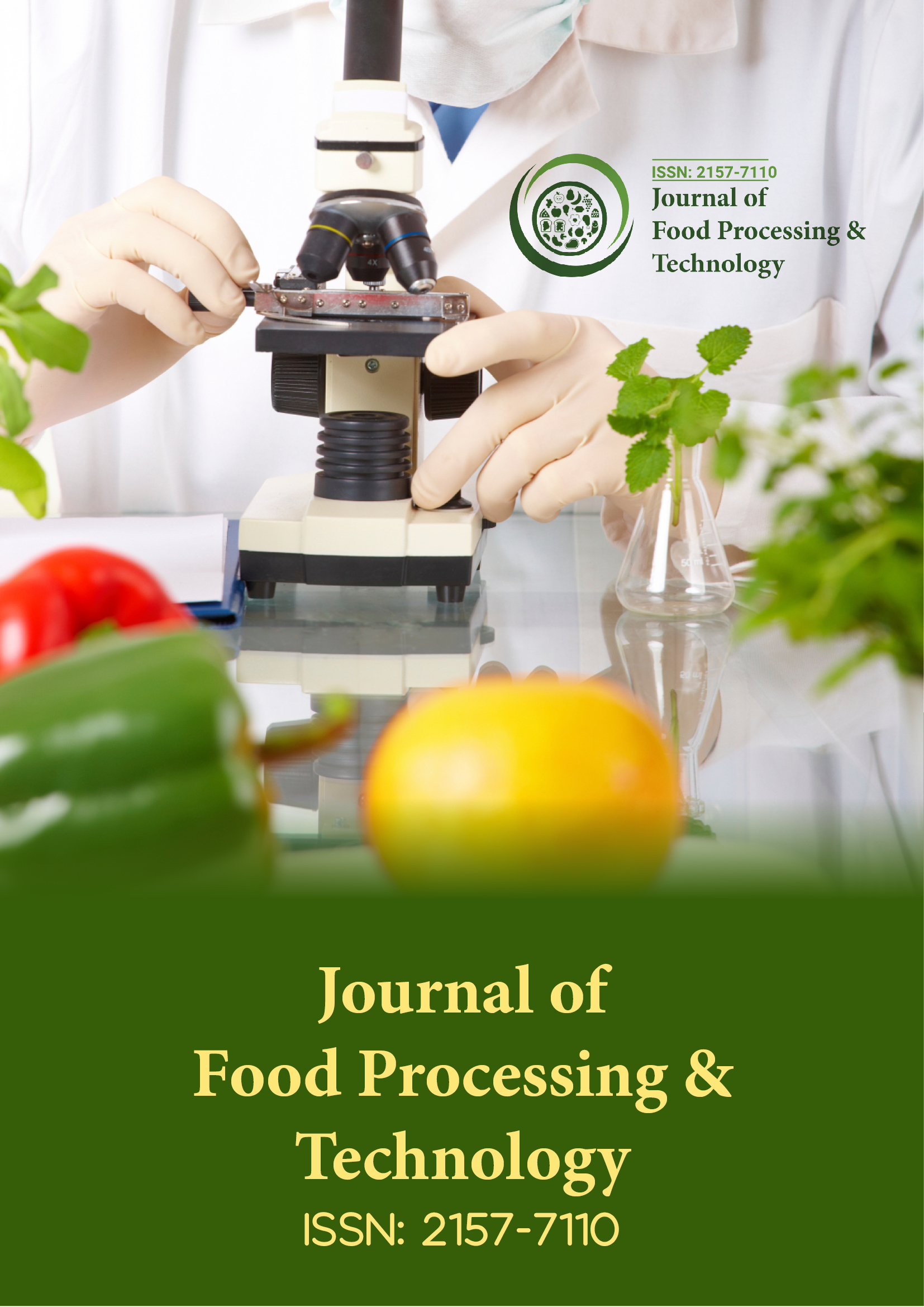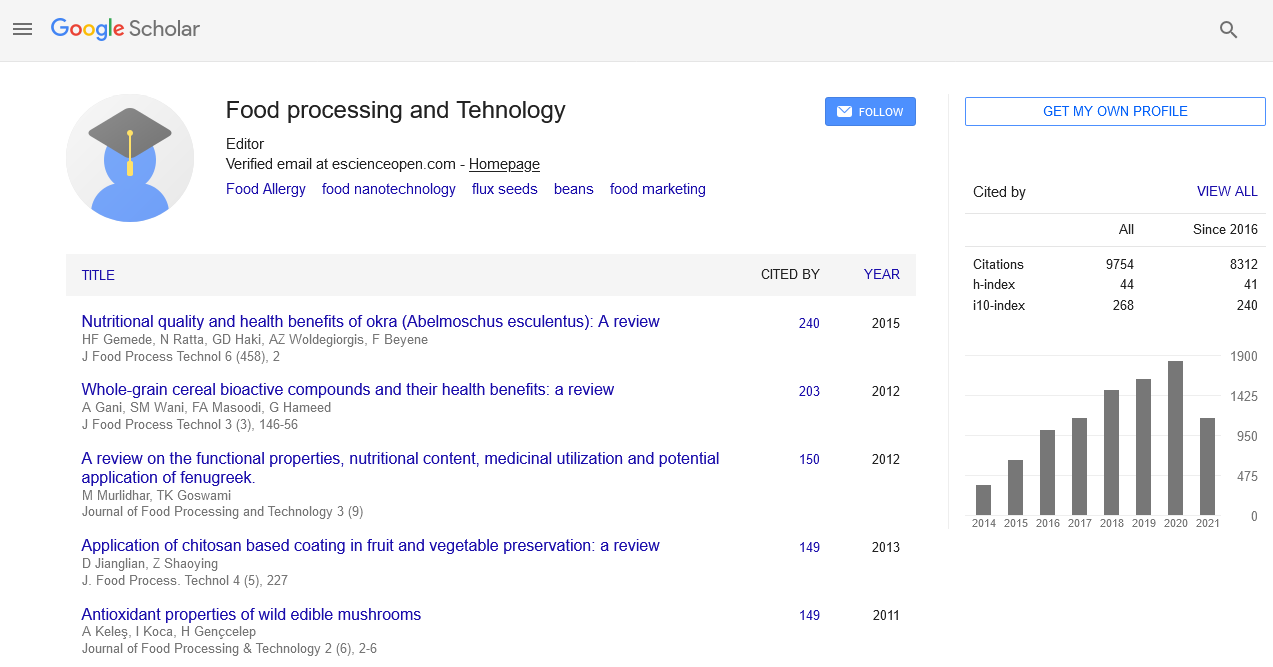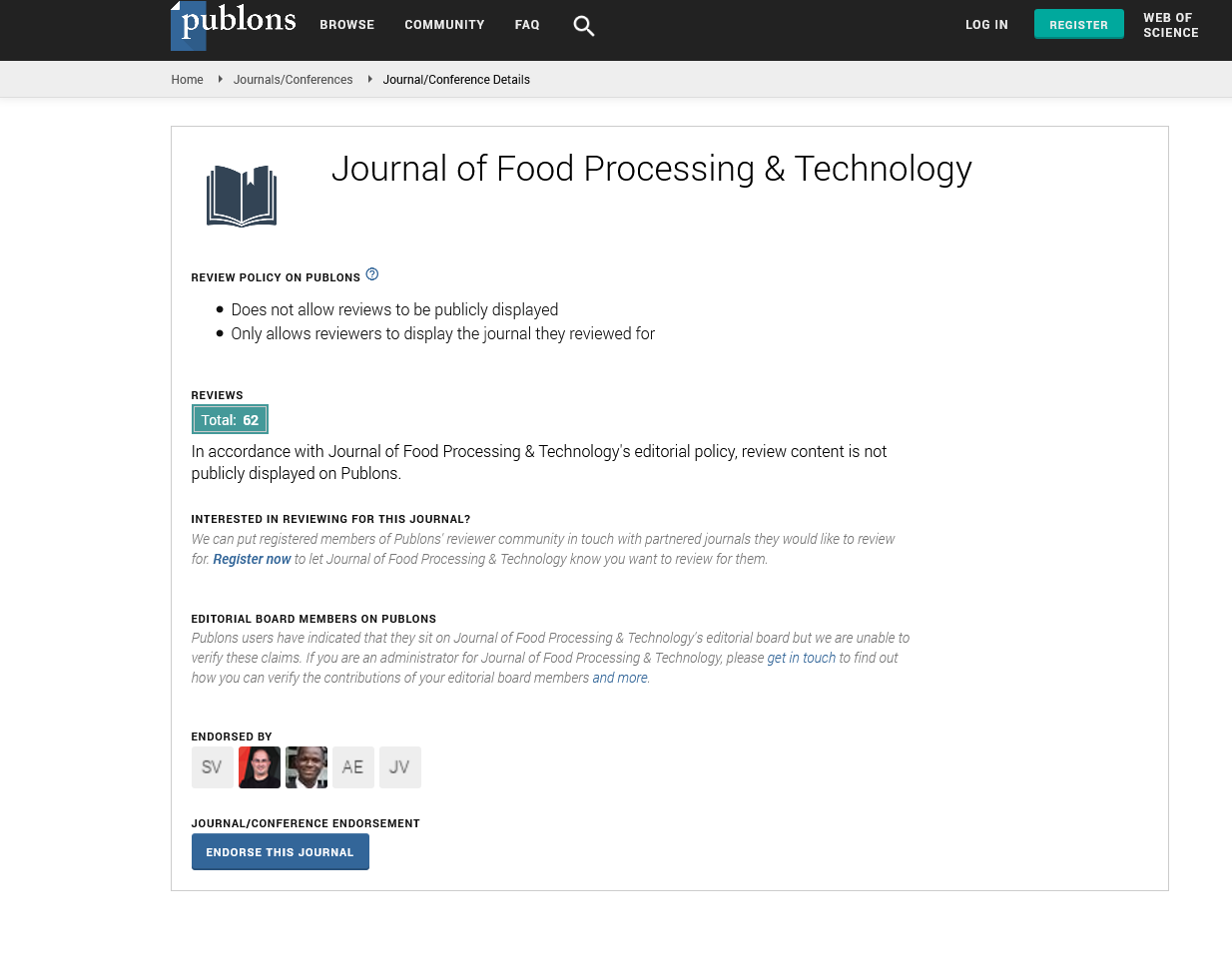Indexed In
- Genamics JournalSeek
- Academic Keys
- JournalTOCs
- China National Knowledge Infrastructure (CNKI)
- Access to Global Online Research in Agriculture (AGORA)
- Centre for Agriculture and Biosciences International (CABI)
- RefSeek
- Directory of Research Journal Indexing (DRJI)
- Hamdard University
- EBSCO A-Z
- OCLC- WorldCat
- Scholarsteer
- SWB online catalog
- Publons
- Euro Pub
- Google Scholar
Useful Links
Share This Page
Journal Flyer

Open Access Journals
- Agri and Aquaculture
- Biochemistry
- Bioinformatics & Systems Biology
- Business & Management
- Chemistry
- Clinical Sciences
- Engineering
- Food & Nutrition
- General Science
- Genetics & Molecular Biology
- Immunology & Microbiology
- Medical Sciences
- Neuroscience & Psychology
- Nursing & Health Care
- Pharmaceutical Sciences
Heat transfer modeling of canned Vegetarian Khoreshteh Bademjan (VKB) using computational fluid dynamics
8th International Conference on Food Safety, Quality & Policy
November 27-28, 2017 Dubai, UAE
Vahideh Jalali, Nafiseh Zamindar and Shahram Dokhani
Islamic Azad University, Iran
Isfahan University of Technology, Iran
Scientific Tracks Abstracts: J Food Process Technol
Abstract:
Statement of the Problem: Thermal food processing is an important preservation
technique to manufacture shelf stable foods. The objective of this study was to
optimize the thermal processing of Vegetarian Khoreshteh Bademjan (VKB)
in order to maintain nutritional quality and saving the processing energy
requirements. Up to now no studies have been published on the canning of (VKB)
as an Iranian food. A computational fluid dynamics (CFD) model was used to
predict the temperature distribution and flow behavior of the product during
the process. The effectiveness of the thermal processing was estimated by the
F values at the slowest heating zone (SHZ) in the can. The CFD model predicts
the position of SHZ in the process at various time stages (Bacillus coagulans was
considered as the target microorganism).
Methodology & Theoretical Orientation: Steam (394 k) was used to heat the
canned VKB. ANSYS FLUENT 16.0, which is a commercial computational
dynamic fluid solver, was used to solve the NAVIER-STOKES equations. First
step was designing the geometry of the cylindrical container (with and without head space). The geometry was symmetric,
hence only a segment of the can needed to be modeled. Meshing the geometry was done and the finer rectangular mesh was
applied in the boundary layers. The thermophysical properties of the product were measured as functions of temperature
(density, thermal conductivity, specific heat and viscosity). Boundary conditions were based on uniform heating on all sides of
the container. Simulation was done using the pressure-based solver and PISO algorithm. To validate the numerical results, an
experimental result was also conducted at the same condition. Finally T student test was used.
Findings: The SHZ was found at the geometric center of the can in the without head space model and at an area between
the center and top of the container in the model with considering head space (real model). The validation results (of timetemperature
contribution and F value) showed a good similarity between the predicted and experimentally determined values
in the real model. Then to optimize the process, the time-temperature was adjusted to a lower F value by using Simpsonā??s rule.
Conclusion & Significance: CFD simulation, by analyzing the temperature profiles inside the can during the process showed
that using the optimization led to reducing the quality losses and energy consumption while keeping the product safe.
Recent Publications:
1. Cordioli M, Massimiliano R, Gabriele C, Paolo C and Davide B (2014) Computational Fluid Dynamics (CFD) Modeling and
Experimental Validation of Thermal Processing of Canned Fruit Salad in Glass Jar. Journal of Food Engineering; 150: 62-69.
2. Dhayal P, Chhanwal N and Anandharamakrishnan C (2013) Heat Transfer Analysis of Sterilization of Canned Milk Using
Computational Fluid Dynamics Simulations. Journal of Food Science and Engineering; 3: 571-83.
Biography :
Vahideh Jalali is an undergraduate student in Food Science and Technology in Isfahan Azad University, Khorasgan, Iran. She has worked in different food companies for about 12 years.


